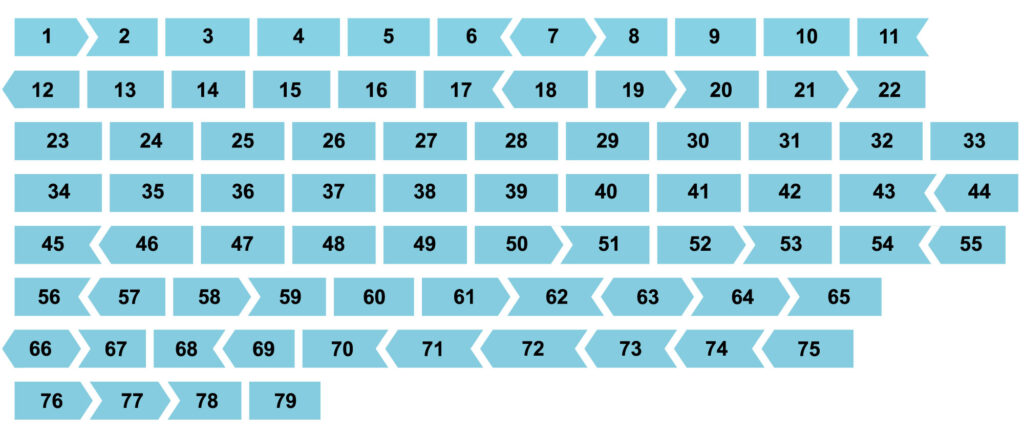Duchenne Muscular Dystrophy (DMD) is a devastating genetic disorder primarily caused by various types of DMD genetic variants within the dystrophin gene, one of the largest genes in the human body, comprising 79 exons interspersed with introns.
These genetic changes can manifest in several ways: deletions or duplications of entire exons lead to frameshift mutations that disrupt the reading frame necessary for producing functional dystrophin protein, while point mutations may result in missense changes that alter amino acids crucial for maintaining muscle cell integrity.

Moreover, some variants may occur in non-coding regions that influence how the gene is expressed or processed.
The resultant absence or dysfunction of dystrophin—a critical protein responsible for protecting muscle fibers from damage during contraction—ultimately leads to progressive muscle degeneration and weakness characteristic of this condition.
Understanding these diverse types of DMD genetic variants not only aids in diagnosis but also paves the way for targeted therapeutic approaches aimed at mitigating disease progression.
What are the most common variant in the dystrophin gene?
The dystrophin gene, renowned for its impressive length and complexity, is a pivotal player in muscle function and stability.
As one of the largest genes in our body, it inherently possesses the potential for numerous genetic alterations or variants that can manifest throughout an individual’s lifetime.
Among these variants, some are more prevalent than others; indeed, thousands have been cataloged within this extensive gene. It’s fascinating to note that while everyone harbors various genetic changes—often referred to as common variants in the dystrophin gene—most remain innocuous and unrecognized due to their lack of discernible impact on health.
However, certain mutations lead to significant disorders like Duchenne Muscular Dystrophy (DMD) and Becker Muscular Dystrophy (BMD), with research revealing that a majority of such cases stem from large deletions within the dystrophin gene.
This highlights not only the variability inherent in our genome but also underscores the importance of distinguishing between benign common variants in the dystrophin gene and those responsible for serious muscular conditions affecting countless individuals worldwide.
The table accompanying this discussion elaborates on various types of genetic alterations found within this crucial region of DNA, painting a clearer picture of how often each variant occurs among those diagnosed with Duchenne or Becker muscular dystrophy.
Types of DMD Genetic Variants
- Deletions occur when pieces of the gene (called exons) are missing, and they represent the most common variant in the dystrophin gene. This pivotal gene is comprised of a total of 79 exons, each playing a crucial role in encoding the dystrophin protein essential for muscle function. Among these exons, certain regions exhibit heightened susceptibility to deletions, often referred to as “hot spots.” Notably, exons 44-55 have been identified as particularly prone to such genetic alterations.
- In addition to deletions, there are also duplications—though they are less prevalent—which involve one or more exons being replicated within this complex genetic framework.
- Furthermore, point mutations introduce subtler changes by affecting individual nucleotides; these minor yet impactful modifications include nonsense variants that trigger premature stops in translation processes leading to significantly reduced or absent dystrophin protein synthesis. Each type of alteration contributes uniquely to the landscape of muscular dystrophy and underscores the intricate relationship between genetic variations and disease manifestation.



